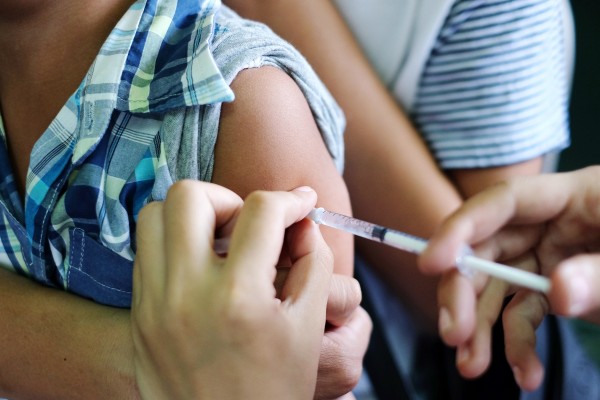Until the mid-'90s, Type 2 diabetes was seen as an adult disease. It affected those were older, overweight, and physically-inactive. Kids who had diabetes were usually more commonly diagnosed with Type 1, meaning their body destroyed insulin-producing cells.
But according to the Centre for Disease Control (CDC) in the US, there is a steadfast rise in the cases of children with Type 2 diabetes, which corresponds with the rise of obesity.
Type 2 diabetes means that extra body fat prevents cells from using insulin, a hormone that metabolises sugar, or converts it to energy. This causes damage to the large blood vessels of the heart, brain and legs; and damage to the small blood vessels, causing problems in the eyes, kidneys, feet and nerves.
Researchers from the CDC found that 12.5 out of every 10,000 10- to 19-year-olds had Type 2 diabetes in 2011 and 2012. This compares with nine cases per 10,000, 10 years earlier.
The study determined that Type 2 diabetes rose in that age group by 4.8 per cent; 1,500 kids per year.
What about Ireland?
Earlier today, MummyPages wrote about W82Go!, an outpatient obesity service based in Temple Street Children’s Hospital. Researchers from W82Go! warned that childhood obesity is ‘a problem of ‘epidemic proportions’. Childhood obesity can have profound effects on mental health, as well as physical health.
Type 2 diabetes is increasing slowly in teens and children, but may have the same rapid growth that Ireland has seen in adults.
Times UK reported last year that the HSE does not know how many under-18s have Type 2 diabetes nationwide. But data shows that hospitals have discharged 20-40 cases of children with the condition each year since 2011.
According to Temple Street Children’s Hospital, most cases are down to genetics. Children can be predisposed to obesity and Type 2 diabetes, especially if they have a different ethnic background.
Professor Nuala Murphy, National Clinical Lead for paediatric diabetes told the Times: "Almost without exception, those presenting under the age of 16 have a genetic disorder predisposing to obesity and diabetes or have an ethnic background with strong family history of insulin resistance and Type 2 diabetes".
She added: "Young type 2 is a problem in Ireland but is emerging in late teens, early twenties."
According to Mayo clinic, these are the Symptoms of Type 2 diabetes:
-
Increased thirst and urination. As excess sugar builds up in your child's bloodstream, fluid is pulled from the tissues. This may leave your child thirsty. As a result, your child may drink — and urinate — more than usual.
-
Increased hunger. Without enough insulin to move sugar into your child's cells, your child's muscles and organs become depleted of energy. This triggers hunger.
-
Weight loss. Despite eating more than usual to relieve hunger, your child may lose weight. Without the energy that sugar supplies to your cells, muscle tissues and fat stores simply shrink.
-
Fatigue. If your child's cells are deprived of sugar, he or she may become tired and irritable.
-
Blurred vision. If your child's blood sugar is too high, fluid may be pulled from the lenses of your child's eyes. This may affect your child's ability to focus clearly.
-
Slow-healing sores or frequent infections. Type 2 diabetes affects your child's ability to heal and resist infections.
-
Areas of darkened skin. Areas of darkened skin (acanthosis nigricans) may be a sign of insulin resistance. These dark patches often occur in the armpits or neck.
When to see a doctor
Diabetes screening is recommended for all children and adolescents at high risk, even if they have no signs or symptoms of the condition. Your child may be at high risk if he or she:
-
Has a body mass index (BMI) above the 85th percentile
-
Has a sibling, parent, grandparent, aunt, uncle or cousin with Type 2 diabetes
-
Has signs of insulin resistance, such as darkened skin on the neck or armpits








